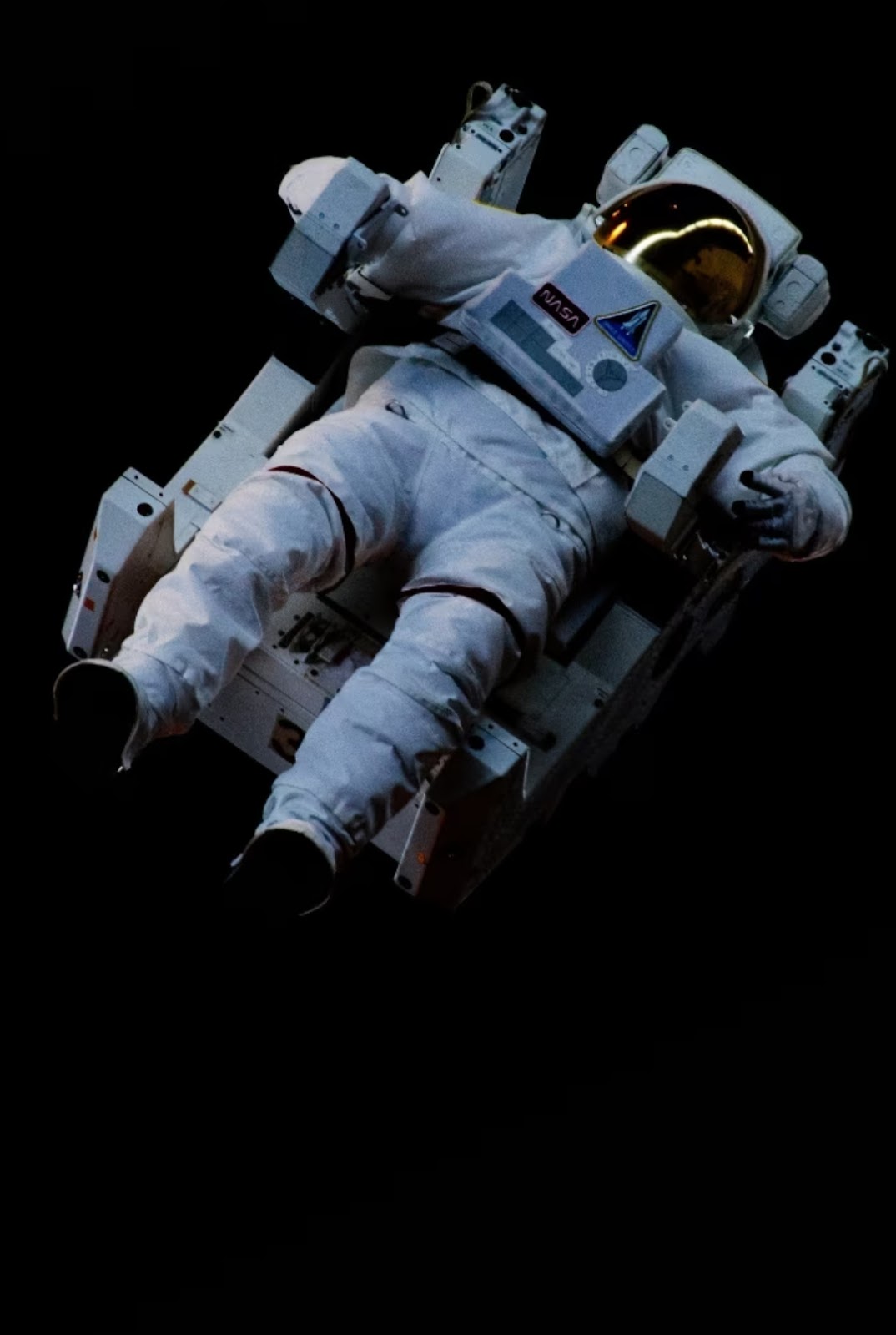NASA provides an explanation for why astronauts float in space
ASTRONAUTS FLOAT IN SPACE?
According to NASA, astronauts float in space because they are in a state of microgravity, also sometimes called free fall. While it might seem like there's no gravity at all in space, that's not quite true. Gravity is still very much present, but astronauts experience it differently due to their constant motion. Read ahead in detail!
Astronauts experience a state known as microgravity in space, where the pull of gravity is not very strong, making things seem weightless. This microgravity environment creates unique challenges and opportunities for space exploration and research.
Astronauts are in a constant state of free fall, meaning they are constantly falling towards the Earth. However, they are moving so fast that they never actually hit the ground. They experience perpetual free fall in a very weak gravitational field.
The force of gravity pulls all objects towards the center of the Earth. This force is what keeps the astronauts from floating away from the Earth. Small amounts of gravity are everywhere, even in space.
The spacecraft, its crew, and everything aboard are all falling around Earth. Since they are all falling together, the crew and objects appear to float. Earth's gravity pulls objects toward the surface. Gravity pulls on the space station, too. As a result, it is falling toward Earth's surface.
The moon stays in orbit around Earth for this same reason. The moon also is falling around Earth. Gravity keeps the moon in orbit around Earth and Earth in orbit around the sun.
The spacecraft in orbit moves at the right speed so that the curve of its fall matches the curve of Earth. For the space station, that speed is 17,500 miles per hour. The spacecraft keeps falling toward the ground but never hits it. Instead, it falls around the planet.










Comments
Post a Comment